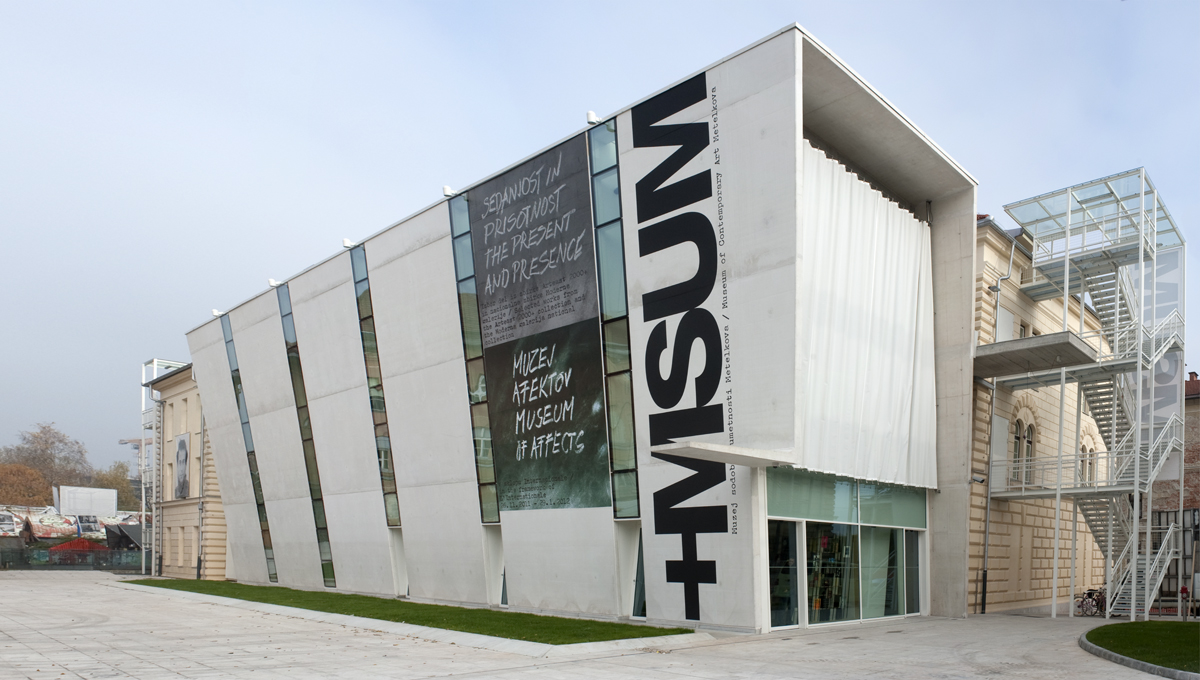Museum Solidarity Lobby (MSL) is a system that creates empathy with threatened heritage worldwide, while critically reflecting on the role and relevance of the museum for civil society today. The system is open to public participation and operates through spatial, activist and discursive forms of lobbying. MSL is motivated by the acute crisis of chief cultural institutions in Bosnia-Herzegovina, which are shutting down due to the economic and political crisis. In a divided society that is still recovering from the ethnic cleansing and the systematic destruction of cultural heritage during the 1990s war, museums represent a contested sphere – they are in crisis precisely because they are meant to preserve the collective memory and the material evidence of coexistence in the region that nationalist extremists seek to erase.
MSL builds on this crisis in the Balkans, seeking to uncover potential new roles and modalities for museums in response to diverse contemporary threats to heritage. Notwithstanding the museum’s inherent power structures and instrumentality in colonialist and nationalist projects, the MSL facilitates participatory programs advocating the museum as the catalyst for public good. MSL consists of physical installations, activist interventions, and discursive reflections. On the exterior, a large red-white striped barricade sign crosses out the museum’s facade, symbolically reminiscent of the wooden planks nailed on the entrance doors of the National Museum in Sarajevo. In the entrance lobby, several museum shipping crates form an info-desk-like arrangement. Each box is themed with different content. A cacophony of voices coming from the boxes triggers the attention of the visitor, inciting participation.
One of the interior sound installations features individual voices explaining the work of CultureShutdown, an independent civic platform that I co-initiated seeking solutions to the museological and cultural crisis in Bosnia-Herzegovina. Visitors are invited to become “lobbyists” by writing “Museum Solidarity Day” protest postcards. Another sound installation in the interior features short sound snippets from my podcasted interviews reflecting on the politics of cultural memory and heritage in different locations and historical contexts. Informed by these interviews, museum visitors are asked to make a proposal for a “Future Heritage Collection”.
Azra Akšamija is a Sarajevo born artist and architectural historian. She is the Class of 1922 Career Development Professor and Assistant Professor of the Arts at MIT Art, Culture and Technology Program. In her multidisciplinary work, Akšamija investigates the politics of identity and memory on the scale of the body (clothing and wearable technologies), on the civic scale (religious architecture and cultural institutions), and within the context of history and global cultural flows. Her projects explore the potency of art and architecture to facilitate the process of transformative conflict mediation through cultural pedagogy, and in so doing, provide a framework for analyzing and intervening in contested socio-political realities.
Akšamija was trained in architecture at the Technical University Graz, Austria (Dipl.Ing. in 2001) and Princeton University (M.Arch. in 2004), and received her Ph.D. in History of Islamic Art and Architecture from MIT (History Theory and Criticism of Art and Architecture / Aga Khan Program for Islamic Architecture) in 2011. Akšamija’s academic inquiry informs her ongoing artistic explorations. Her recent work focuses on the representation of Islam in the West, architectural forms of nationalism in the Balkans since the 1990s, and the role of cultural institutions and heritage in constructing common good in divided societies.
Her work has been published and exhibited in leading international venues such as at the Generali Foundation Vienna, Valencia Biennial, Gallery for Contemporary Art Leipzig, Liverpool Biennial, Museum of Contemporary Art Zagreb, Sculpture Center New York, Secession Vienna, Manifesta 7, Stroom The Hague, the Royal Academy of Arts London, Jewish Museum Berlin, Queens Museum of Art in New York, and the Fondazione Giorgio Cini as a part of the 54th Art Biennale in Venice.


